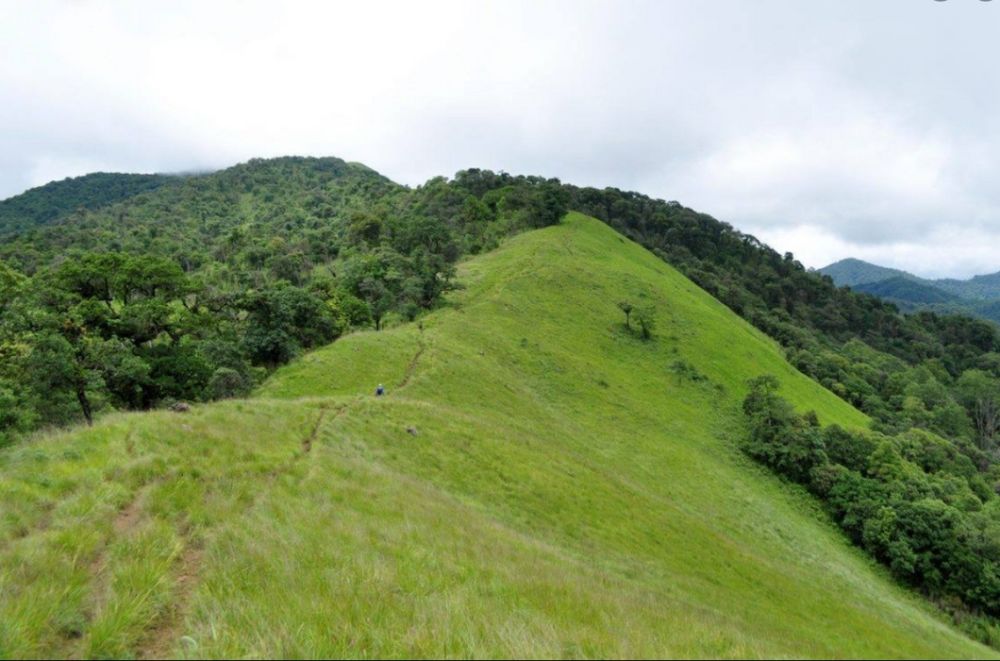

The verdant landscapes of Manipur are home to a lesser-known but exquisite natural wonder – the Shirui Kashong Peak. Tucked away in the Ukhrul district, this peak has been a hidden gem within the rich tapestry of India's north-eastern region. The history of tourism in this area, although relatively recent when compared to other more established destinations, has been gradually gaining momentum, particularly due to the unique flora and rich cultural heritage it offers.
The focal point of Shirui Kashong Peak's tourism has long been the enchanting Shirui Lily (Lilium mackliniae), a rare and endemic flower that graces the slopes of the peak. The tourism story of Shirui Kashong Peak began to unfold in the early 20th century when the flower was discovered by the British botanist Frank Kingdon-Ward in 1946. However, it wasn't until the establishment of the Shirui Lily Festival in 2017 that a more structured approach to tourism began to unfold.
With the inception of the festival, the state of Manipur started to put concerted efforts into developing Shirui Kashong Peak as a viable tourist destination. Infrastructure improvements and the promotion of local culture and hospitality have played a significant role in the growth of tourism here. The festival, held annually, showcases the beauty of the Shirui Lily alongside traditional music, dance, indigenous games, and local handicrafts, attracting visitors from across India and abroad.
In recent years, there has been a shift towards ecotourism and sustainable travel practices that has influenced the tourism trends in Shirui Kashong Peak. The local governance, alongside tourism authorities, has been developing strategies to ensure the conservation of the peak’s biodiversity while offering immersive and eco-friendly experiences to tourists. This includes community-based tourism which enables visitors to stay with local families, thus promoting cultural exchange and contributing to the local economy.
Shirui Kashong Peak is now more accessible than ever before due to improved road connectivity and the availability of local guides. Visitors can trek to the summit, which stands at about 2,835 meters above sea level, to enjoy breathtaking panoramic views. The best time to visit is between May to June, which is also when the Shirui Lily blooms and the festival is in full swing.
While tourism in Shirui Kashong Peak is on an upswing, it is not without its challenges. There are concerns over environmental degradation and the need for responsible tourism practices to preserve the peak’s natural beauty and cultural integrity. Looking ahead, the local government plans on continuing to develop Shirui Kashong Peak as a premier ecotourism spot by empowering local communities, improving visitor facilities, and conserving the ecological balance.
In conclusion, the Shirui Kashong Peak stands as a testament to the unexplored charm of North East India. Though its journey into the annals of tourism history is relatively fresh, it promises to evolve as an example of sustainable and culturally rich tourism.